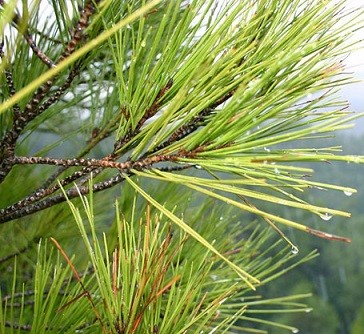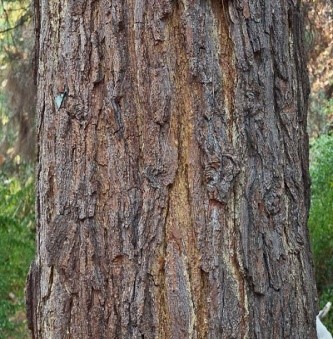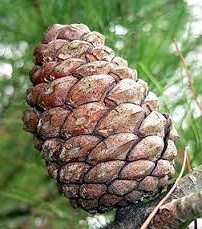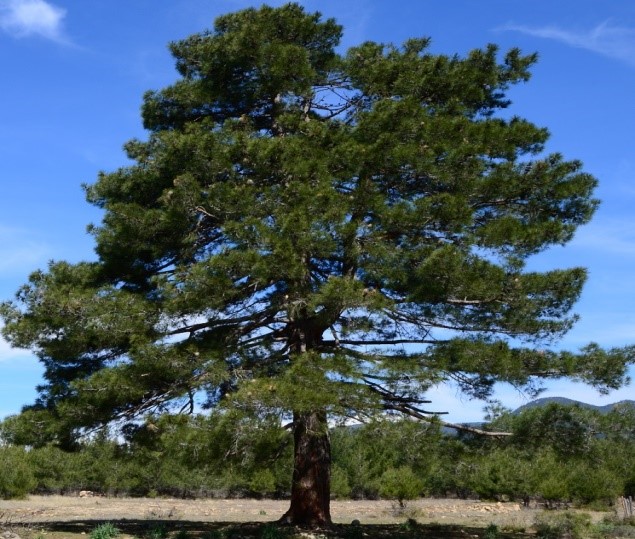Trees
Pinus brutia Ten.
Pinus brutia Ten.
Description :
A
medium to large tree 12 to 24 m tall with diameters of 0.4 m. The crown is
thin, irregular and spreading. The needles are in twos, 11 to 15 cm long, and
0.5 to 1.5 mm wide. The needles are green with whitish lines. The stem is
straight, and the bark is brownish-grey and furrowed. It is monoecious. The
male flowers or cones are many, crowded in headlike clusters, elliptical 6 to 7
mm long and reddish yellow in color. The female flowers are erect, 2 to 4
sometimes 6 in rings at the ends of the branches. The cones are very short
stalked to stalkless and up to 10 cm long. The cones bloom between February and
March. The fruit is the female cone. As the cone ripens it turns to a shiny
reddish-brown color, remaining attached and closed. The seed in the cone takes
a full year to mature after pollination or a full 2 years for the reproductive
cycle to be completed. There are two-winged seed beneath each cone scale. Seed
is shed in September. It has no insect or disease problems. It is reproduced
from seed. Seeds are small and can be stored for 1 to 2 years at room
temperatures. Collections made in Pakistan in the 1970's were exported to USA
and the species was grown successfully in Arizona. It yields 2 to 6 m3/ha/yr.
Height growth will average 0.2 to 0.3 m/yr up to 50 years. Grains straight,
medium fine and even textured. Wood is light brownish white with a resinous
odor. Strength moderately hard, heavy having specific gravity of 0.54.
Distribution :
The tree is native to the eastern Mediterranean region in Turkey from
the Black Sea, south to Lebanon and west to Greece. Found on Cyprus, Crete and
in Northern Iraq. In Pakistan it has been successfully planted in Balochistan
even in Ziarat and KP. An intolerant tree that grows on a variety of soils
from high lime content to acid podzols. It grows best on well drained soils
with a precipitation zone of 1000 to 2500 mm/yr. On coastal lowland sites it
can survive on 250 mm/yr. It prefers a semi-arid, mild temperate climate with a
temperature range of 0 to 45°C at elevations up to 2600 m. It is frost and fire
resistant.
Uses :
This is a valuable tree for reforestation and afforestation of denuded hill sides. It would be ideal for reclaiming denuded areas in Balochistan, Upper Kaghan, Gilgit and Skardu. It grows well on hot, dry, droughty hill sides. It can stand 5 to 6 months of prolonged drought. Also used in construction, fuel, railway sleepers, packing cases, pulp, transmission poles, resin, and windbreak.



